Contrarian Investment Strategies: The Psychological Edge
$11.06
| Author(s) | |
|---|---|
| Format |
|
| Pages |
422 |
| Publication Year |
2011 |
In Contrarian Investment Strategies: The Psychological Edge, Dreman demonstrates how investors consistently overvalue the so-called ‘best’ stocks and undervalue the so-called ‘worst’ stocks, and how earnings and other surprises affect the best and worst stocks in opposite ways. Since surprises are a way of life in the market, Dreman shows how to profit from these surprises with his ingenious new techniques, most of which have been developed in the nineties. Based on cutting-edge research and irrefutable statistics, David Dreman’s revolutionary techniques will benefit everyone with an interest in the investment field, both professional and layperson.
Introduction:
There are five parts in this book, each covering a major thematic area. Part I, “What State-of-the-Art Psychology Shows Us” looks at some of the most bizarre investment manias in history, crises that have helped us develop the new psychological insights into investors’ behavior. From sophisticated French nobles in the early eighteenth century to contemporary investment bankers (circa 2006) wearing sleek Zegna suits, nothing has held back people who believe that enormous wealth is within their grasp. Yet fascinating as these stories are, our purpose here is very different. We want to see how a historical perspective can be transformed into a psychological one that might be predictive of the characteristics of future bubbles and allow us to avoid jumping on the next bandwagon.
Readers already conversant with psychology and stock market interactions will find some familiar themes and alarm bells in this work. But what is decidedly new for everyone is some recent psychological research that has pushed our understanding of investment strategies light-years ahead. Two new topics, Affect theory and neuroeconomics, are especially exciting to researchers, and neither has yet to be absorbed into Wall Street’s conceptual tool kit.
In Part II, “The New Dark Ages,” a critical review of the efficient-market hypothesis will help you develop a precise understanding of why the most recent market crashes have proved so destructive and why the latest one has lasted so long. We will also deal with the efficient market’s sidekick, risk analysis. It states that if you want higher return, you must take higher risk, defined as volatility. Less volatility will give you lower returns. Yet this essential portfolio protection, which you’ve been told for years would keep your savings secure, doesn’t work and never did. We will also see that the risk evaluation methods employed today have failed miserably. The theory of risk that investors have depended on for decades to protect their portfolios is constructed on specious reasoning. Today we do not have a workable theory of risk to defend ourselves, nor have we had one in close to forty years. Small wonder that performance results have been so disappointing when bear markets come along. As will be detailed, this risk theory has been the chief culprit in the three shattering crashes since 1987 alone. We’ll see why and look at something better, a new, workable theory of risk, which is well documented and will take in many of the important risk factors we are faced with today, as well as some new and potentially devastating ones that are not yet incorporated into investment teachings.
Part III, “Flawed Forecasting and Poor Investment Returns,” shows that despite the great confidence in forecasting, analysts’ forecasts through the years have been remarkably off the mark. Today’s analysts are expected to fine-tune earnings estimates within 3 percent of actual reported earnings to prevent damaging earnings torpedoes after an earnings surprise. The evidence in these chapters of large groups of analysts’ estimates over forty years demonstrates that earnings surprises are many times higher than the 3 percent analysts believe will not disrupt markets and are remarkably frequent.
In Part IV, “Market Overreaction; The New Investment Paradigm,” I introduce the contrarian strategies that will allow you to account for these psychological foibles and forecasting errors, showing that these strategies have stood the test of time and also did well through the “lost decade” and the first ten years of the twenty-first century, outperforming the market and “favorite” stocks. (The returns, though positive, were naturally lower, given the two severe crashes during this time; but there was no total devastation or major loss of capital, as so many experienced.) When the bear roared loudly, the contrarian investors could stay the course with considerable confidence. We will take a close look, in particular, at how they fared through the dot-com bubble of 1996–2000 and the financial crisis of 2007–2008. The book will also fine-tune the strategies in light of the 2007–2008 crash by adding some further investment guidelines and safety features.
Part V, “The Challenges and Opportunities Ahead,” looks at what we should expect from markets in the next few years. We’ll also discuss the tools investors will need to handle the high-probability scenarios that will be described. Our tour d’horizon of this brave new financial world will touch on what is likely to come. We may be saying farewell to the “Great Recession,” but investors are a long way from exiting the perilous woods of inflation. As a forward-looking investor, you’ll want to be fully equipped and knowledgeable about the critical financial issues that could engulf us at practically any point in the future.
The most important scenario is the major likelihood of serious inflation within two to five years, not only in the United States but also globally. We’ll consider the best investments that are likely to preserve your capital and even flourish in an inflationary environment. Also, we’ll review methods that investors in many other countries that have faced similar inflationary challenges have successfully followed to survive and prosper.
Contents:
- Planet of the Bubbles
- The Perils of Affect
- Treacherous Shortcuts in Decision Making
- Conquistadors in Tweed Jackets
- It’s Only a Flesh Wound
- Efficient Markets and Ptolemaic Epicycles
- Wall Street’s Addiction to Forecasting
- How Big a Long Shot Will You Play?
- Nasty Surprises and Neuroeconomics
- A Powerful Contrarian Approach to Profits
- Profiting from Investors’ Overreactions
- Contrarian Strategies Within Industries
- Investing in a New, Alien World
- Toward a Better Theory of Risk
- They’re Gambling with Your Money
- The Not-So-Invisible Hand
Contrarian Investment Strategies: The Psychological Edge By David Dreman pdf
15 reviews for Contrarian Investment Strategies: The Psychological Edge
Clear filtersOnly logged in customers who have purchased this product may leave a review.

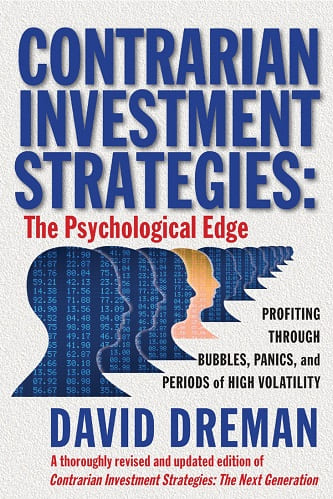
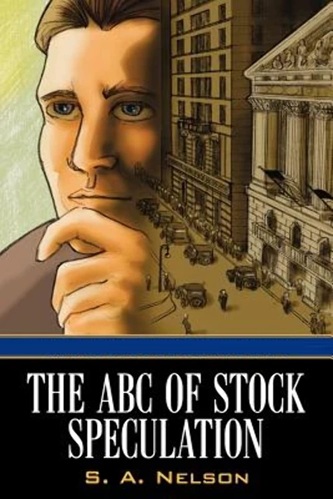
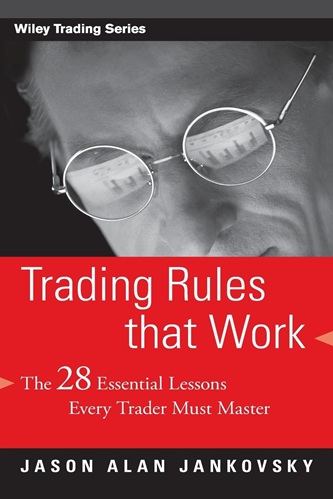
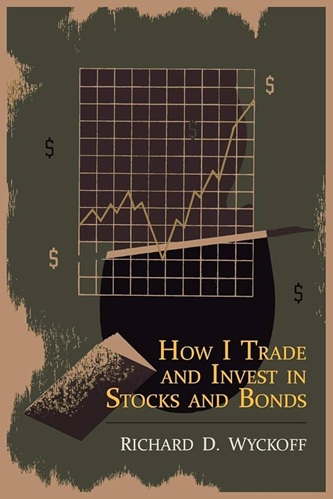
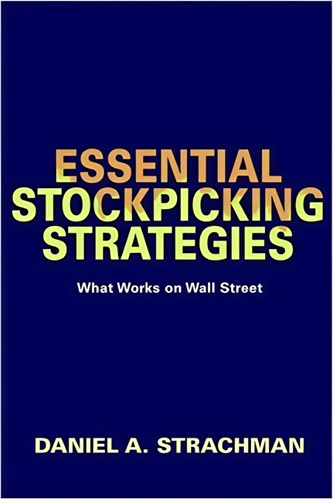
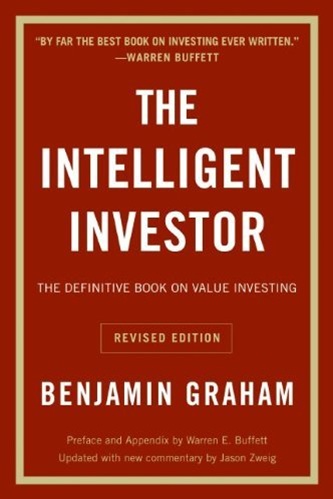
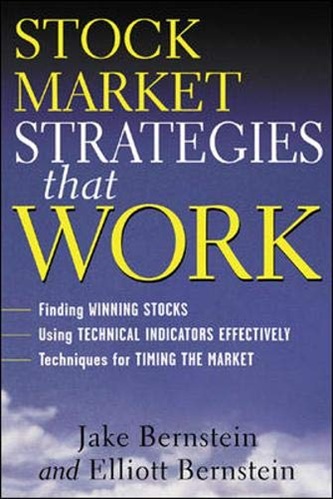


Eric Hurley (verified owner) –
One of the best books on stocks I have ever read.
Ainsley Kelley (verified owner) –
Have to look up a lot of words so its slow reading but well worth a buy.
Isaias Pruitt (verified owner) –
Excellent book, but I would perhaps not recommend it for a tyro investor. The book seems more suited to someone with some investment experience.
Alistair Conley (verified owner) –
David Dreman is a very good writer. The book is enjoyable to read. His argument for investing in low P/E stocks is backed by a lot of data. He offers a few case studies of successful investments. I gave it three stars because he spends a great deal of time revisiting financial moments in history that are well-covered elsewhere.
Also, I would have liked a chapter on “here’s how I go about finding investment candidates”. It’s very easy to run a screen for low P/E and low Price/Book Value stocks. However, more often than not, a deeper dive into the numbers reveals a company that is cheap for a reason. Of course its hard to find investments. Buffett and Munger only fund a few every year that they like. So I am not under an illusion that Mr. Dreman’s book was going to be the holy grail for finding brilliant stock picks. Still, it would have been nice to know more about Dreman’s methodology. He helpfully offers that his fund is available for those who wish to partake in his methods.
Rylan Andersen (verified owner) –
The concept of investing against the grain is easy. The practice is NOT. The book gives some tools and knowledge to help you succeed in leaning against the crowd instead of being swept up with everyone else in fear or greed. Check your emotions at the door
Delilah Moses (verified owner) –
Timeless classic
Hudson Arellano (verified owner) –
Not as good as previous books on contrarian investing.
Niklaus Calhoun (verified owner) –
It was amazing the research and detail that went into this educational book. This should be read and studied by everyone who invest in the market.
Thalia Koch (verified owner) –
he repeats a lot of what he wrote in his first book
Salem Hudson (verified owner) –
I really liked this book. It tells you the power of contrarian strategies. The only thing I didn’t like was the constant rumble about EMH. I already don’t believe in EMH, and I didn’t need him to convince me! 🙂
Peter Morgan (verified owner) –
A great read considering that value investing is probably gonna be the way to go in the near future, more so than ever before.
Faye Zhang (verified owner) –
the book is argumentative, inefficient, and repetitive. it makes only few unique points. it also contains peculiar and lengthy wanderings into far-flung topics, resulting in a meandering quality. this is not at all a crisp exposition.
if this is your twenty-fifth book on investing, maybe it’s worth picking up in the bargain bin and skimming. but you are still in your first ten books on investing, i believe that this book should should not make it onto your reading list any time soon.
Boone Parks (verified owner) –
Excellent book recommended by David Hunter.
Gia Adams (verified owner) –
I enjoyed the writing style and the author clearly communicated a proven long term investment strategy. Definitely recommend.
Salvador Beck (verified owner) –
Very solid contrarian strategies for two thirds of the book. Good data and evidence is presented to show why these strategies work over time. Tips highlight what to look for and how to counteract psychological traps. The last portion of the book goes into macro economics and a little off topic, in my opinion, but some interesting views that have come to past (since 2011) were worth the read.